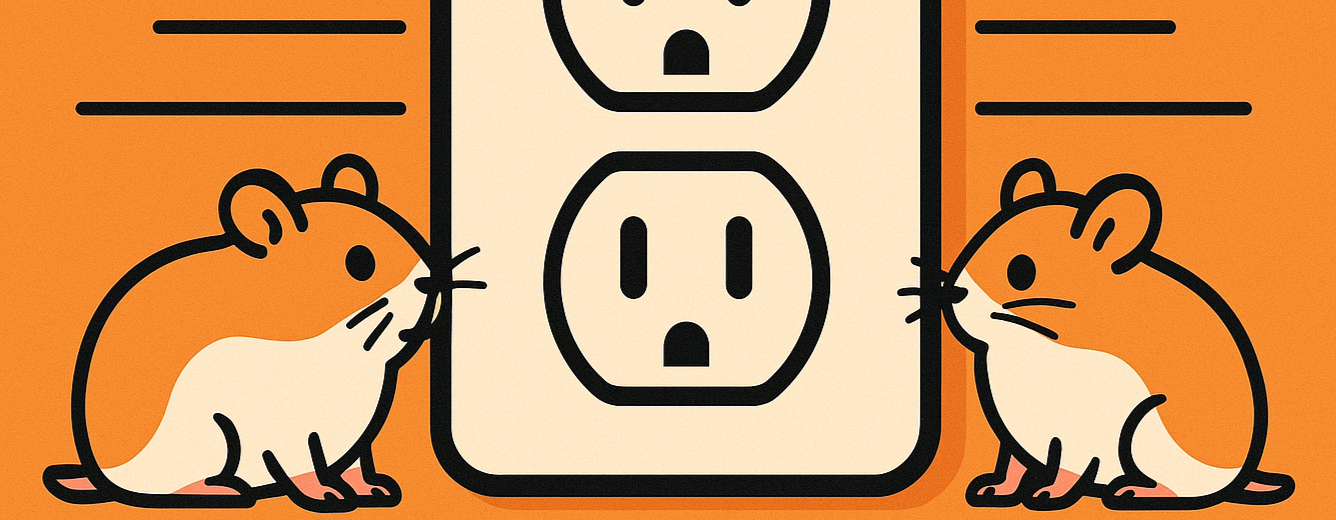TL;DR: Focus on the part of the system you own. Treat everything else as a contract. That mindset makes you a calmer human and a better engineer.
Back in college, I took a Systems Software class with one of those rare professors who embody the material. One day he drew a wall outlet on the board to explain abstraction, interfaces, and—most importantly—separation of concerns.
On the hidden side of the outlet, he said, all that matters is delivering the agreed‑upon power to the interface. Whether that’s 120V AC or whatever the spec says, once you meet it, your job is done. You don’t need to know what happens downstream.
On the visible side—the side we plug things into—all that matters is receiving that agreed‑upon power. We don’t care if it came from solar, nuclear, or a thousand tiny hamsters sprinting on wheels (honestly, iconic). The contract is the point.
That example finally clicked for me. I’d heard these concepts before, but this time they stuck. And they ended up shaping more than my code.
What the outlet taught me
- Define the interface. Inputs, outputs, guarantees. Be explicit.
- Own your slice. Ship the correct behavior behind your boundary.
- Trust the contract. Don’t spiral about the parts you don’t control.
- Decouple for speed. Clear seams let teams move in parallel without stepping on each other.
How this helps in real projects
- APIs: You return stable shapes and status codes; clients evolve independently.
- Front‑end components: Props in, DOM out. No reaching into someone else’s state.
- Services: Publish an event; don’t micro‑manage how five other services react.
And in life
Start and end with what’s inside your control. Do the next right thing in your domain, and let the hamsters power the rest. Less anxiety. Fewer rants. More shipped work.
If you’re stuck, ask: What’s my interface here? What can I guarantee?
Then do just that—cleanly, predictably, and on repeat.
